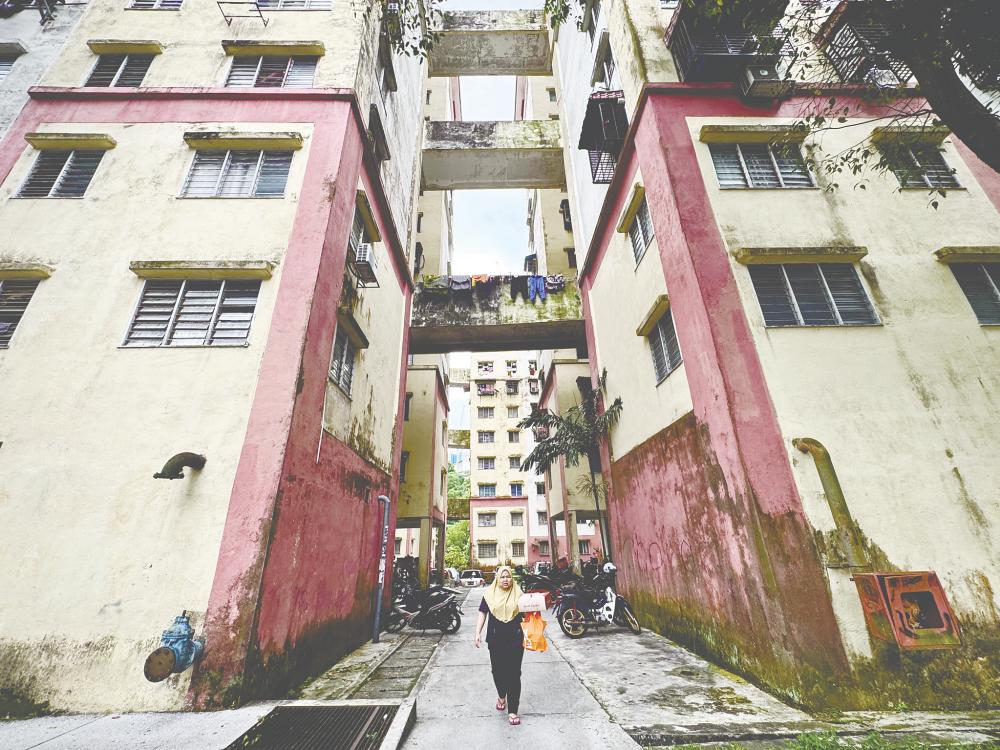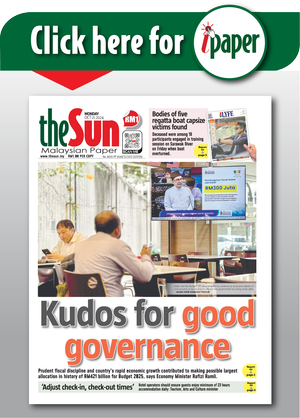PETALING JAYA: The Malaysian Institute of Architects (PAM) fully supports the proposed Urban Redevelopment Act (URA) currently being finalised by the Housing and Local Government Ministry under the leadership of its minister Nga Kor Ming.
PAM president Abu Zarim Abu Bakar said it seeks to address persistent challenges surrounding ageing buildings with multiple owners under the Strata Titles Act.
He said the proposed Act introduces a pragmatic solution by setting the en-bloc consent threshold at 75% for existing stratified buildings and a simple majority for abandoned projects, which will facilitate a more feasible path towards revitalisation.
“This is in line with practices in many developed countries and will have significant economic impact.
“PAM strongly advocates that any new development arising from acquisition under the Urban Redevelopment Act adhere strictly to best practices, thereby ensuring a net positive impact on the urban landscape and fabric of our cities.
“The developments, particularly in high-density zones, must be complemented by government initiatives aimed at enhancing urban infrastructure.
“This includes strengthening access to public transport, expanding green open spaces, and improving other public amenities and facilities to accommodate the anticipated population growth,” he said.
The current consent requirement of 100% of owners has been a stumbling block towards redevelopment of dilapidated stratified buildings.
Abu Zarim also said property developers seeking to spearhead such redevelopments are urged to prioritise long-term sustainability over short-term gains.
“Within our institute, we have numerous skilled architects renowned for designing world-class multi-residential developments that offer comfort and sustainability.
“Typically, buildings have a lifespan of 50 years with components needing replacements after 15 years. In cases where a rigorous maintenance regimen is upheld, buildings can often surpass a lifespan of 50 years. Unfortunately, this is frequently not the scenario in Malaysia, where numerous stratified buildings have been neglected for an extended period, rendering the cost of rehabilitation prohibitive for the joint owners.”
He said older buildings often fail to meet current building codes, environmental standards, and energy efficiency requirements introduced in the past few decades.
He added that retrofitting them for compliance necessitates substantial investment to ensure safety, suitability, and sustainability.
“The Urban Redevelopment Act offers the option of enabling en-bloc sale for rehabilitation or complete redevelopment by new or existing owners.
“Urban regeneration and renewal are pivotal for ensuring the enduring viability and liveability of our cities.
“Preservation efforts for buildings with heritage or historical significance are also paramount, requiring appropriate retrofitting in line with their inherent character. Even relatively new sites may hold historical value,” Abu Zarim said.
He added that in cases involving existing owners and multiple community stakeholders, developers are urged to embrace a co-design approach, involving a facilitator, potentially an architect, to engage diverse perspectives that would ensure a design outcome embraced by all the stakeholders involved.
Abu Zarim said PAM wholeheartedly backs Nga’s nationwide initiative to upgrade public toilets, aspiring to achieve ‘BMW Toilets’ (Bersih, Menawan dan Wangi). In support of public facilities like toilets, markets, playgrounds and community centres, he said PAM stands ready to facilitate
and organise architecture design competitions.
“Our experience reveals that architecture design competitions for public facilities, with community involvement, cultivate a sense of ownership and raise public awareness about the importance of architecture and quality design,” he added.









